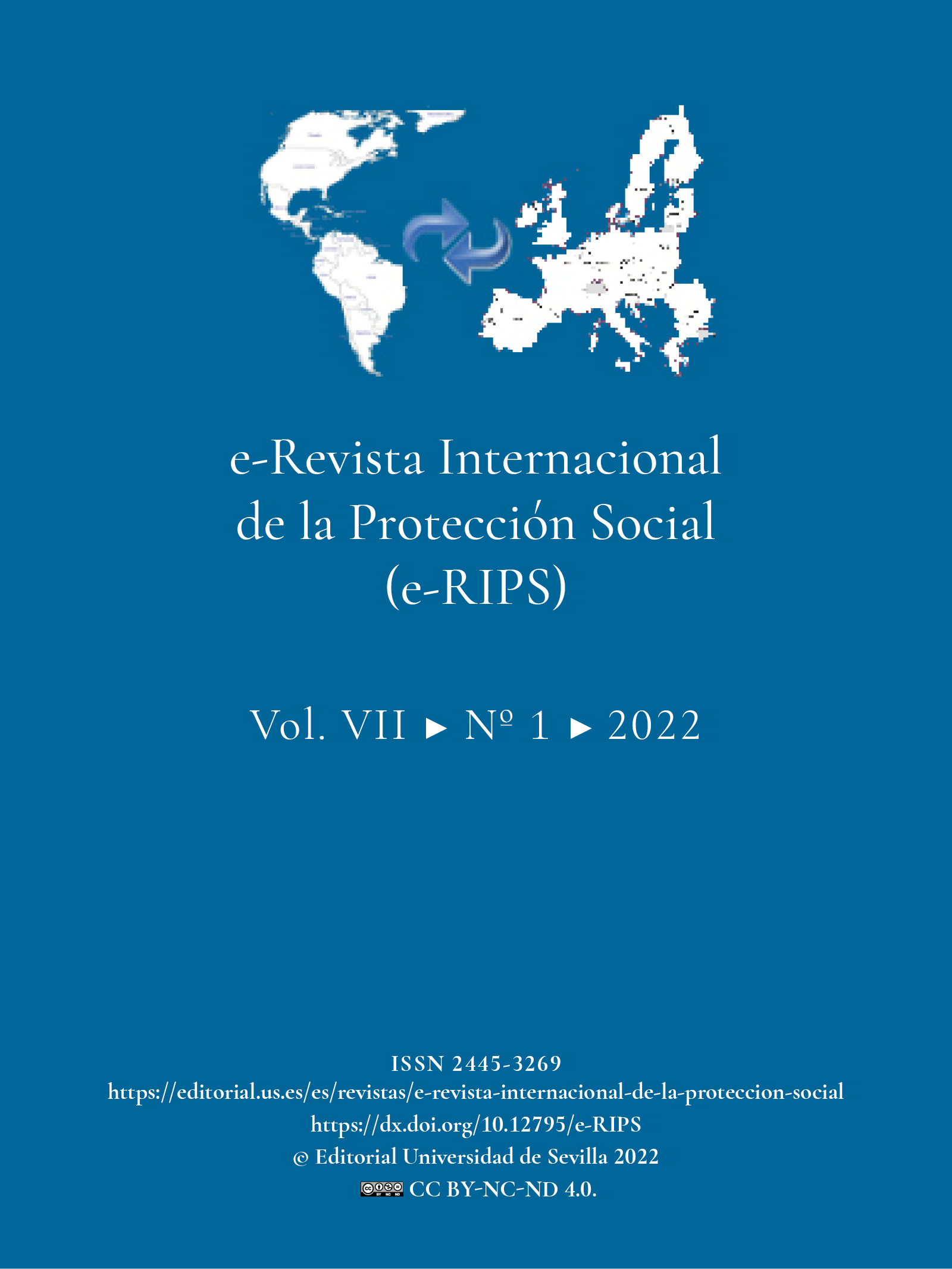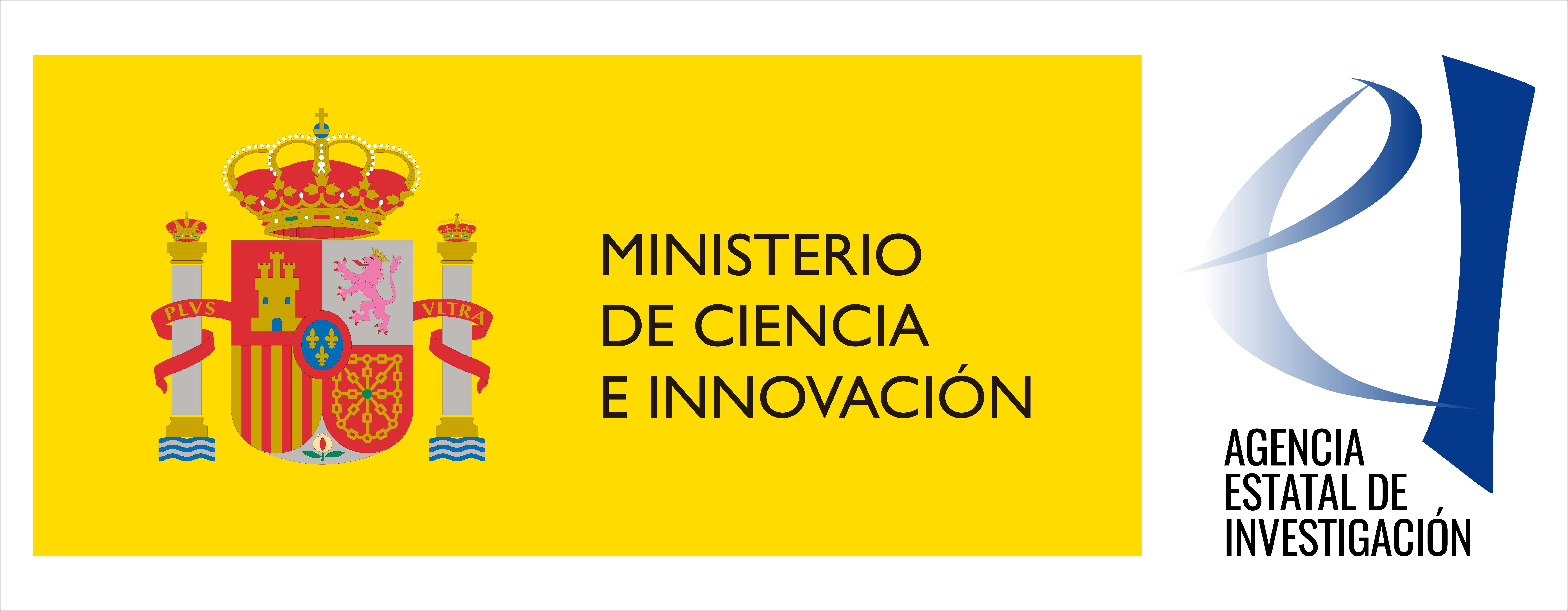Entre algoritmos: género humano y género artificial
DOI:
https://doi.org/10.12795/e-RIPS.2022.i01.03Palabras clave:
Algoritmos, Inteligencia artificial, Género humano, Ser humano, Digitalización, Socialidad, HumanidadResumen
La inteligencia artificial, que lleva ya décadas de desarrollo, supone cada vez más una realidad presente en las relaciones laborales, de forma sectorizada, pero evidenciándose al mismo tiempo en toda la realidad económica y social. Por ello aquí se aborda como fenómeno universal ante el que se intentan ofrecer medidas legales de regulación, las cuales, en la medida en que responden al binomio conducta-norma, resultan inadecuadas puesto que el desarrollo de la inteligencia artificial requiere un enfoque en el que entre en juego, como tercer elemento, la propia cultura humana de valores subyacentes. Desde este punto de vista se pretende llamar la atención sobre el hecho de que la inteligencia artificial constituye un fenómeno de enorme calado filosófico y, al mismo tiempo, supone una de las mejores oportunidades para el intento global de comprensión de lo que significa ser humano.
Descargas
Citas
Aragüez Valenzuela, L.: Relación laboral «digitalizada»: colaboración y control en un contexto tecnológico, Aranzadi, Cizur Menor, 2019.
Axelrod, R.: “The evolution of cooperation”, The Journal of Politics, vol. 48, núm. 1, febrero-1986, pp. 234-236.
Baird, D.G.; Gertner, R.H. and Picker, R.C.: Game Theory and the Law, Cambridge-USA y Londres, 1994.
Beal, D.: The Nature of Minimax Search, Institute of Knowledge and Agent Technology, Universidad de Maastricht. Disponible en https://project.dke.maastrichtuniversity.nl/games/files/phd/Beal_thesis.pdf.
Comisión Europea: Libro Blanco sobre la Inteligencia Artificial. Un enfoque europeo orientado a la excelencia y la confianza, Bruselas, 19.2.2020 COM(2020) 65 final, que puede consultarse en: https://ec.europa.eu/info/sites/default/files/commission-white-paper-artificial-intelligence-feb2020_es.pdf.
Correyero Rodríguez, E.: Género Humano, Inspirar-Expirar Ediciones, 2014.
Cortázar, R.: “Non-Redundant Groups, the Assurance Game and the Origins of Collective Action”, Public Choice, vol. 92, 1997, pp. 41-53.
Cotino Hueso, L.: “Ética en el diseño para el desarrollo de una inteligencia artificial, robótica y big data confiables y su utilidad desde el Derecho”, Revista Catalana de Dret Públic, núm. 58, 2019, pp. 29-48.
Grupo de Expertos de Alto Nivel sobre Inteligencia Artificial, Directrices Éticas para una IA fiable, Comisión Europea, Dirección General de Redes de Comunicación, Contenido y Tecnologías, Oficina de Publicaciones, 2019, https://data.europa.eu/doi/10.2759/08746.
Häberle, P.: La libertad fundamental en el Estado Constitucional, Universidad Católica de Perú, Lima, 1997 (cap. 2), también editado en Comares, Granada, 2003.
Janssen, M.: “On the principle of coordination”, Economics and Philosophy, vol. 17(2), 2001, pp. 221-234.
Martínez Coll, J. C.: Bioeconomía, Málaga, 1986.
Monereo Pérez, J. L.: La dignidad del trabajador: dignidad de la persona en el sistema de relaciones laborales, Laborum, Murcia, 2019.
Rivas Vallejo, M. P.: Aplicación de la inteligencia artificial al trabajo, Aranzadi, Cizur Menor, 2020.
Rousseau, J. J.: Discurso sobre el origen y los fundamentos de la desigualdad entre los hombres, Madrid, 1775 (traducción de 1982 de Ángel Pumarega).
Skyrms, B.: La caza del ciervo y la evolución de la estructura social, Barcelona, 2007.
Valle Jiménez, D. y García Ramírez, D.: “Algoritmos, big data e inteligencia artificial: ¿un nihilismo anunciado?”, Cuadernos Salmantinos de Filosofía, núm. 48, 2021, pp. 75-103.
Zambrano Alarcón, M.: El hombre y lo divino, Alianza Editorial, Madrid, 2020.
Publicado
Cómo citar
Número
Sección
Licencia
e-Revista Internacional de la Protección Social es una revista de acceso abierto, lo que significa que todo su contenido está disponible gratuitamente para el usuario o su institución. Los usuarios pueden leer, descargar, copiar, distribuir, imprimir, buscar o enlazar con el texto completo de los artículos, o utilizarlos para cualquier otro fin lícito, sin solicitar permiso previo al editor o al autor. Esta definición de acceso abierto se ajusta a la Iniciativa de Acceso Abierto de Budapest (BOAI).
 4.0
4.0
A menos que se indique lo contrario, todo el contenido de la edición electrónica se distribuye bajo una " licencia internacional Creative Commons Atribución-Nocomercial-Compartirigual 4.0 Internacional". Puede consultar la versión informativa y el texto legal de la licencia aquí. Esto debe indicarse expresamente de esta manera cuando sea necesario.
En caso de aceptación del manuscrito, los autores ceden los derechos de la obra para su publicación a eRIPS. Revista Internacional de la Protección Social bajo el contrato de licencia Reconocimiento-NoComercial-CompartirIgual 4.0 Internacional (CC BY-NC-SA 4.0). Los autores conservan los derechos de autor y terceros están autorizados a compartir y adaptar la obra, siempre que cumplan con los términos y condiciones establecidos en la licencia.
- Usted debe dar crédito de manera adecuada , brindar un enlace a la licencia, e indicar si se han realizado cambios . Puede hacerlo en cualquier forma razonable, pero no de forma tal que sugiera que usted o su uso tienen el apoyo de la licenciante.
- Usted no puede hacer uso del material con propósitos comerciales .
- Si remezcla, transforma o crea a partir del material, debe publicar sus contribuciones bajo la misma licencia que el original.
Se puede encontrar más información en https://creativecommons.org/licenses/by-nc-sa/4.0/deed.es
Se permite y recomienda a los autores/as difundir su obra a través de Internet (p. ej.: en archivos telemáticos institucionales o en su página web) antes y durante el proceso de envío, lo cual puede producir intercambios interesantes y aumentar las citas de la obra publicada.











